Colors
Colors are all around us and are an important part of our everyday lives. They can be described as the way our eyes perceive different wavelengths of light. The three primary colors are red, blue, and yellow. By combining these primary colors, we can create a wide range of other colors. When light passes through a prism, it separates into a spectrum of colors, commonly known as a rainbow.
Primary Colors
- Red: Red is a primary color that is often associated with energy and passion. It is used to express strong emotions and can also symbolize love and warmth.
- Blue: Blue is a primary color that is often associated with calmness and tranquility. It is commonly used to represent stability and harmony.
- Yellow: Yellow is a primary color that is often associated with happiness and positivity. It is used to convey feelings of joy and optimism.
Secondary Colors
When you mix two primary colors together, you create secondary colors:
- Orange: Mixing red and yellow creates orange, which is often associated with enthusiasm and creativity.
- Green: Mixing blue and yellow creates green, which is often associated with nature, growth, and freshness.
- Purple: Mixing red and blue creates purple, which is often associated with luxury, royalty, and creativity.
Tertiary Colors
When you mix a primary color with a secondary color, you create tertiary colors. These include colors like red-orange, yellow-green, and blue-purple.
Color Wheel
The color wheel is a visual representation of how colors relate to each other. It consists of primary, secondary, and tertiary colors arranged in a circle. The color wheel helps us understand color relationships and how different colors can complement or contrast with each other.
Study Guide
Here are some key points to remember about colors:
.◂Science Worksheets and Study Guides Fourth Grade. Rocks and minerals
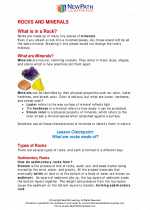
 Activity Lesson
Activity Lesson
 Worksheet/Answer key
Worksheet/Answer key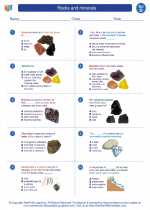
 Worksheet/Answer key
Worksheet/Answer key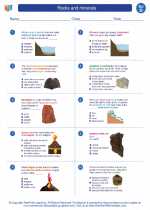
 Worksheet/Answer key
Worksheet/Answer key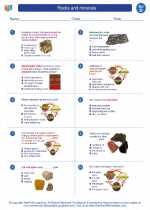
 Worksheet/Answer key
Worksheet/Answer key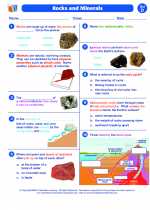
 Vocabulary/Answer key
Vocabulary/Answer key
 Vocabulary/Answer key
Vocabulary/Answer key
 Vocabulary/Answer key
Vocabulary/Answer key
 Vocabulary/Answer key
Vocabulary/Answer key
